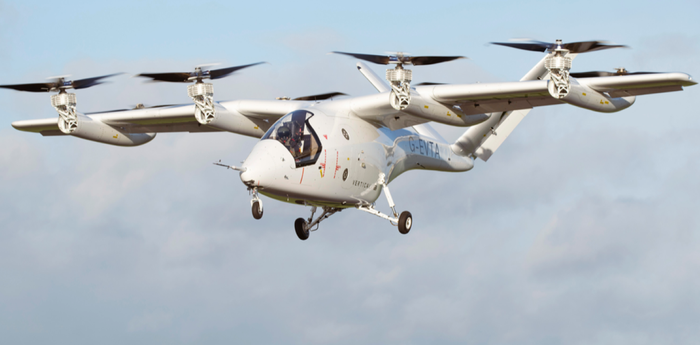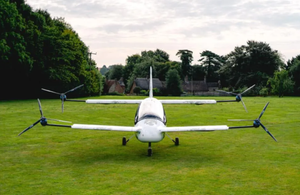Self-Learning Robot Model Helps Lunar ExplorationSelf-Learning Robot Model Helps Lunar Exploration
The new platform helps robots on distant moons make decisions on the fly

Researchers have developed a self-learning model for lunar robots, allowing them to make autonomous decisions on the spot.
The team, from the Aerospace Engineering and Computer Science departments at the University of Illinois Urbana-Champaign, created the model to enable robots to make their own decisions on how and where to collect soil samples, with a particular emphasis on lunar rovers.
"Rather than simulating how to scoop every possible type of rock or granular material, we created a new way for autonomous landers to learn how to scoop quickly on a new material it encounters," said Pranay Thangeda, study co-author. "It also learns how to adapt to changing landscapes and their properties, such as the topology and the composition of the materials.”
The robot also learns which areas do not have good quality terrain, moving on from an area if it can’t collect any material.
To create the model, the team created a database of 6,700 data points on 67 terrain materials, with the robot relying on its vision to identify potential sample areas.
In tests, the team used a robot modeled on the arm of a lander and fitted with a series of sensors. The robotic arm was able to scoop a variety of materials, from grains of sand to 3-inch rocks, as well as different volume materials such as shredded cardboard and packing peanuts.
The team said its new method would be particularly helpful for robots sent on missions to distant moons, which are too far to have a team on Earth monitoring and controlling its movements in real time.
One such example is Europa, one of Jupiter’s moons, which has been the site of NASA’s potential exploration attempts given the potential presence of water beneath its icy surface. The team said its model will be deployed at NASA's Jet Propulsion Laboratory's Ocean World Lander Autonomy Testbed, with hopes it will one day help explore ocean surfaces in space.
"We're interested in developing autonomous robotic capabilities on extraterrestrial surfaces, and in particular challenging extraterrestrial surfaces," said Melkior Ornik, study co-lead. "This unique method will help inform NASA's continuing interest in exploring ocean worlds.”
About the Author
You May Also Like








